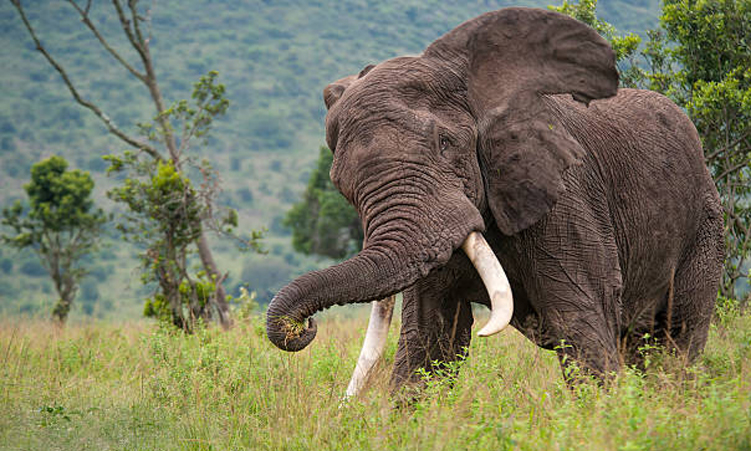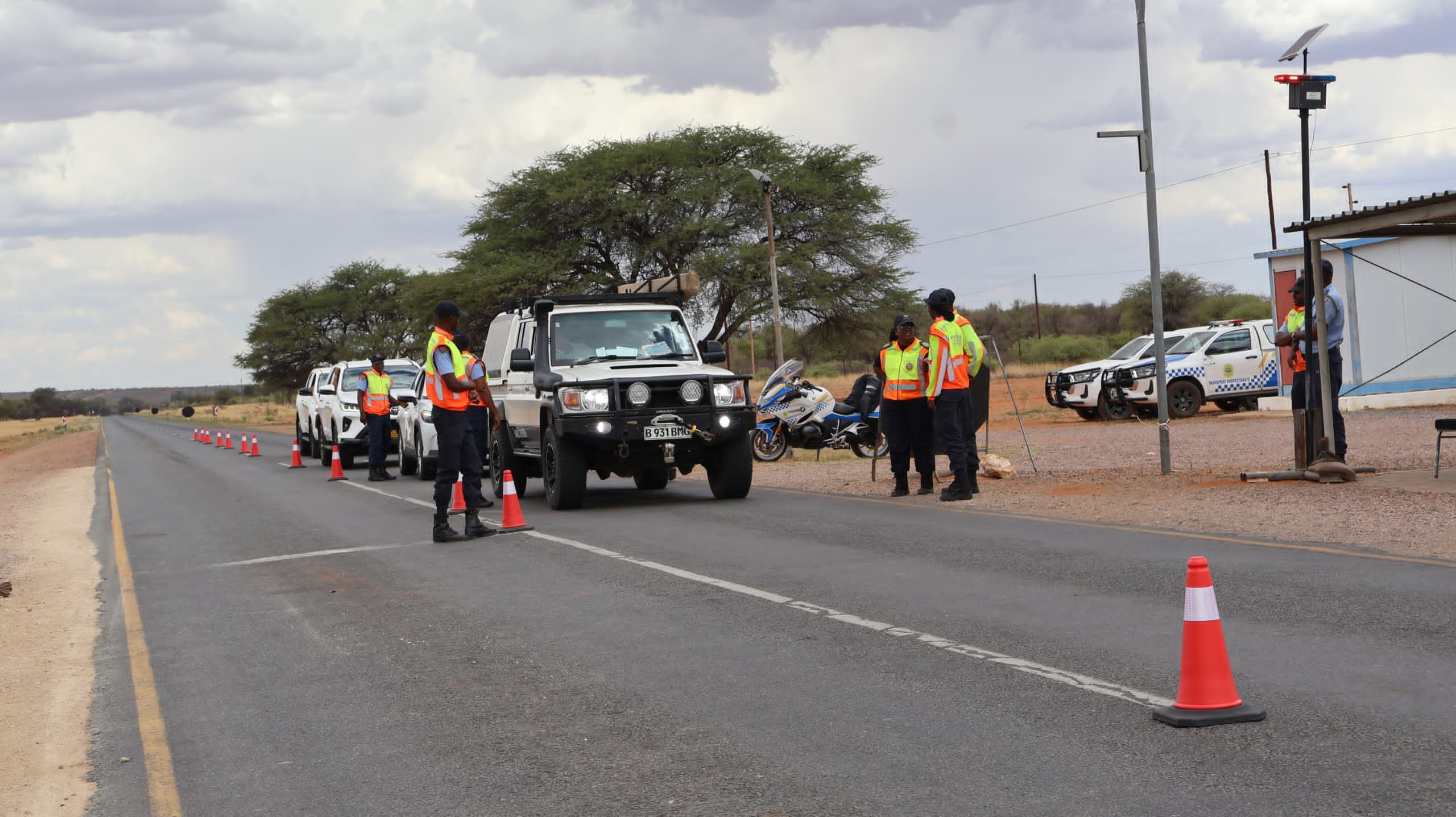Villagers of the Sifanu area in the Zambezi region are concerned over their children’s safety as elephants often chase them on their way to schools several kilometres away.
About 150 pre-primary and primary school children commute to various schools every day.
These include Kongola Combined School, which is situated about five kilometres from the village, and Kayuwo Primary School, which is about eight kilometers away from the school.
The Sifanu area is situated between the Mayuni and Kwando conservancies and is within close proximity of the Bwabwata National Park.
Headman Patrick Munembo on Wednesday said villagers are also concerned about their children being hit by traffic on the busy Kamenga road and Trans-Zambezi highway.
“Our children leave very early to reach the school on time, as it is far away. During these early hours, the presence of wildlife, especially elephants, is very high.
“The children, when they notice them from a distance, change their route. However, in some instances, they only see them when they are closeby already. It is really only by God’s grace that they manage to escape unharmed,” he said.
Munembo said the village applied to the regional directorate to construct a lower primary school in the area last year, but this was rejected.
“I am failing to understand why they would reject our application, which was done for the safety of our children. We have passed their requirements of enrolment, availability of water and electricity, as well as the provision of land where the school can be constructed,” he said.
In a letter seen by The Namibian, regional education director Alex Sikume said the directorate could not approve their application because the distance from Sifanu to Kongola Combined School is in fact only 3.5km, and only 4.6km to Kayuwo Primary School.
“The education policy says primary school pupils should not have to walk more than five kilometres to school. Therefore, a school will not be established in 2025,” he said.
Munembo disputed the distances from the village to the schools.
“Even for those villages who are a bit closer to these schools, the risks are still the same. The concern here is that our children are in danger while on their way to school and back.
“We feel a distance should not be a reason for them not to approve our application,” he said.
Another concerned villager, Geoffrey Tukuhupwele, said former regional education director Jost Kawana last year sent a team to investigate their concerns and found it was indeed necessarily to build a school.
He said everything was approved and planning was supposed to start, but they were “suddenly” told a school cannot be constructed.
“We really do not know what changed, but we will not leave it at that. We plan to take this matter up with national leaders, as our children’s safety is a priority.
“Imagine what chance of survival our little children have if they happen to be caught by these elephants that are chasing them,” he said.
Questions sent to Sikume went unanswered.
During his remarks at their annual cultural festival in September, Mashi Traditional Authority chief Joseph Mayuni also appealed to the government to build a school in the area.
“This school will cater for children from grades 0 to 3 whose physical and cognitive development does not allow them to walk such long distances to Kayuwo Primary School and Kongola Combined School,” he said.
Ministry of Environment, Forestry and Tourism spokesperson Romeo Muyunda says incidents of human-wildlife conflict in wildlife-infested areas are a concern.
He calls on stakeholders to put the necessary measures in place to avoid such incidents.
“In wildlife-infested areas, stakeholders should find mechanisms and put them in place to avoid the loss of human life.
We really would not want such young people to be attacked by wildlife. Parents and community members should also take necessary measures to avoid human-wildlife conflict,” he adds.
Stay informed with The Namibian – your source for credible journalism. Get in-depth reporting and opinions for
only N$85 a month. Invest in journalism, invest in democracy –
Subscribe Now!







